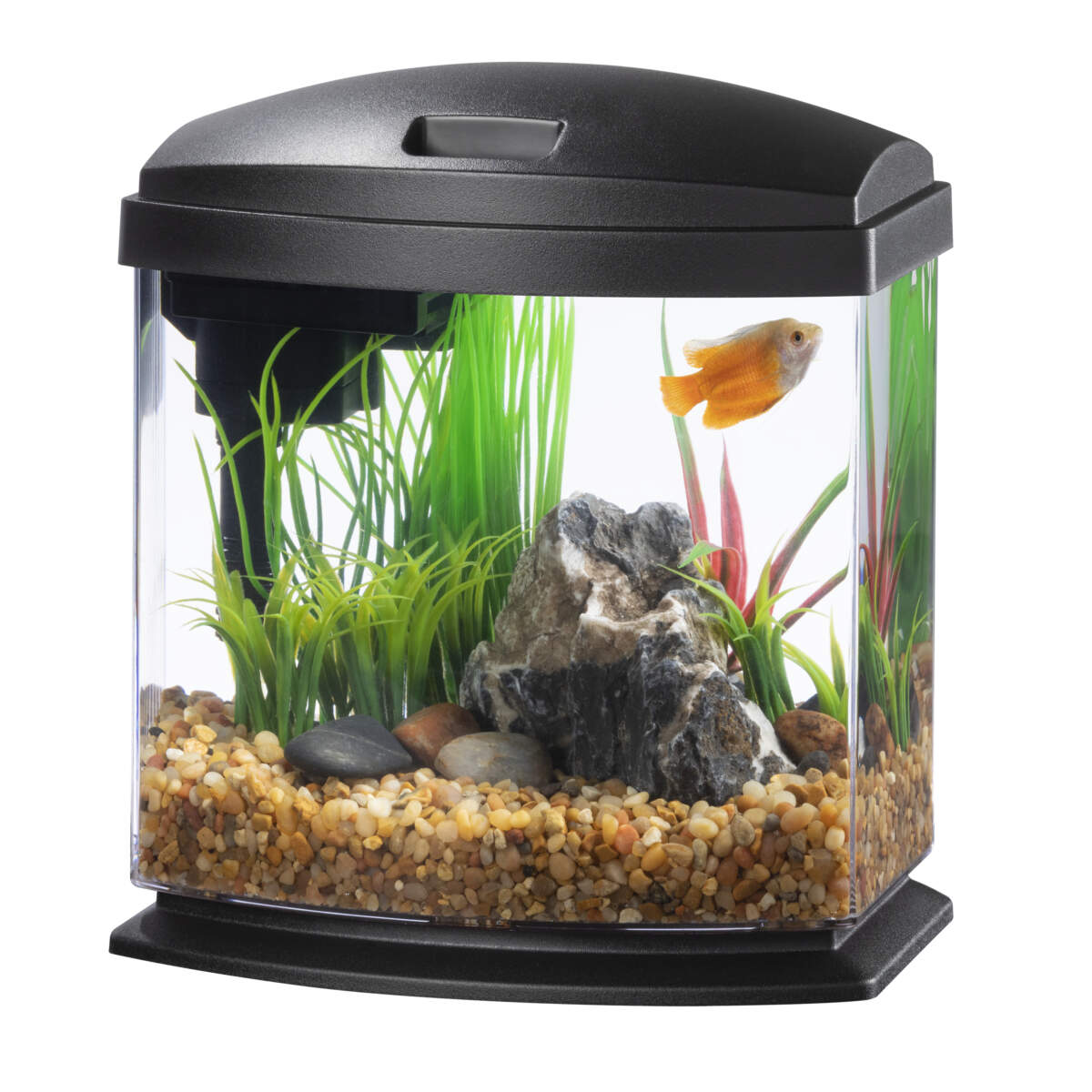A Look Into Sustainable Harvesting
Have you ever wondered where our aquarium fish come from? The majority of freshwater species are bred on fish farms nowadays, mostly in southeast Asia and Florida, but about 10% of the fish sold in aquarium shops are still collected in their natural habitats in the Amazon River Basin, southeast Asia, sub-Saharan Africa and other parts of the world. The Cardinal Tetra, Paracheirodon axelrodi, from the Rio Negro and Orinoco River in South America, is one of the best-known examples. With increasing human pressure on our planet's ecosystems and natural resources, many aquarists – and non-aquarists – are understandably concerned about where aquarium fish, plants and invertebrates come from, how they're procured and what impact these activities have on local environments.
Reasons For Collecting In The Wild
You may be wondering why freshwater aquarium fish are collected from the wild at all? The answer is that many species are still difficult, if not impossible to breed commercially, making harvesting them the most effective and sometimes the only way to make them available to aquarium keepers. The numbers collected are low when compared to fish that are harvested for food and other purposes because:
a) most aquarium fish are farm-raised
b) only a small percentage of the world's population keeps aquariums
However, they represent an important source of income to local communities.
A report from the Ornamental Aquatic Trade Association in the UK suggests that the economic value of aquarium fish, by weight, is over 370 times that of fish harvested for food or bait. Wild fish also provide broodstock to begin captive breeding programs and can be used to revitalize genetic integrity in existing breeding programs, both of which reduce pressure on threatened or endangered species.
Commercial Fishing vs. Aquarium Collecting
Unlike commercial fishing, collecting for the aquarium trade removes relatively small numbers of fish. Fish are hand caught using small nets, and any by-catch is immediately released, not discarded and left to die as is often the case in commercial fishing. The primary goal of all aquarium fish collectors is to KEEP THE FISH ALIVE and in good condition! Local fishermen are careful not to damage the habitat or over-harvest a particular species or location, so they can sustain the fishery in their local area.
Who Benefits?
Collecting of freshwater fish for the aquarium trade provides livelihoods for thousands of families who live in places where these fish occur. They often have few other options for making a living, they know more about their local environment than outsiders, and they have every reason to protect it to ensure long-term sustainable incomes. The alternatives for them, if they exist at all, are often logging, mining, ranching or other activities that permanently damage the environment and in many cases are illegal. Making matters worse, some companies move on once a resource has been exhausted, leaving local residents to fend for themselves and the ecosystem disrupted.
In addition to providing a sustainable livelihood to fish collectors, the revenue that is generated trickles down to other businesses and services that support the industry. Think about it, you can't catch, hold and transport live aquarium fish without the following:
Nets
Boats
Plastic Bags
Motors
Rubber Bands
Fuel
Holding Tanks
Mechanics & Repair Technicians
Air & Water Pumps
Shipping Containers
Pipe & Plumbing
Transportation Services
Filters
Roads, Airports
Dive/Snorkeling Equipment
Vehicles, Aircraft
Oxygen
Shipping Companies
Manufacturers, exporters, service providers and many other businesses employ people, and with steady incomes, the lives of everyone involved are improved.
Please join our newsletter, connect with us on Facebook or contact us for more information.





